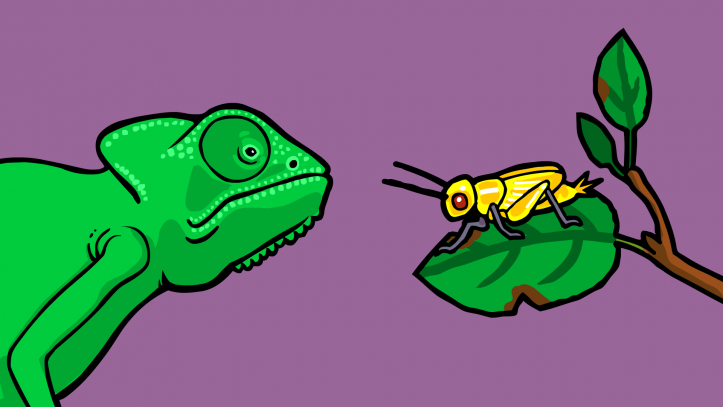What is Natural Selection? Natural Selection is the differential reproductive and survival of individuals because of differences in physiology. It is an essential mechanism of natural evolution, whereby adaptive differences of the phenotype occur between generations, resulting in the different survival and reproductive rates among members of the same species.
Natural selection has been a topic of scientific study since the origin of mankind. It is a principle used to explain the patterns of variability in a species over time. The concept of Natural Selection was first propounded by Darwin.

The above statement refers to natural selection as a principle, which is to be contrasted with the theory of evolution. According to the latter, all variations existing in a species over time without interference from external sources are considered to be “genetic”. On the other hand, Natural Selection assumes that alterations in the genotype occur without outside interference through population genetics. In fact, Natural Selection can only occur if the population does not have any genetic weaknesses or strengths, otherwise, all genotypes will undergo fitness-enhancing changes. However, contrary to popular belief, Natural Selection is not a random process, as implied by the term’mutations’.
Fitness, in this context, refers to the ability of an individual organism or cell to survive and reproduce. Survival of the fittest is referred to as the most appropriate definition of Natural Selection. It is important to recognize that the heritable trait, which is represented by the variation in the genetic material between generations, is what provides the selective advantage. This is why Natural Selection cannot be favored over the other forms of Darwinian evolution. For instance, because the variants of an ancestral organism differ in their fitness to survive, a single parental trait, represented by the acquired characteristics of that organism, becomes the selection pressure over time.
Natural Selection is favored over alternative forms of Darwinian evolution because all forms of organisms share common adaptive traits that can be passed on to subsequent generations. These are the same traits that allow organisms to flourish in their environment and create the kinds of communities they grow up in. For instance, all vertebrates share certain general abilities, such as the ability to breathe air and digest food, which allows them to live and flourish in nearly all habitats. Also, all animals share some reproductive advantages, such as the ability to secrete hormones that signal a female to lay eggs and males to mate with females. Those traits, however, do not appear favorable to any living thing that does not possess these reproductive capabilities. So, whether or not an organism is able to reproduce should not be the basis for determining whether it is more fit than other organisms that share the same traits.
In contrast, Natural Selection is a beneficial process for creating and preserving life on earth, because all forms of organisms share certain desirable characteristics that are passed on to subsequent generations. Therefore, if an organism goes extinct, a new species will come into existence that has the same or better fitness than its ancestors. It may take thousands of years or millions of years for a new species to arise, but in the long run, it will be able to better adapt to its environment and will eventually go extinct. The same applies to a species that is highly attractive to a potential mate, and for that reason is able to survive and pass on its genes.
Natural Selection works hand-in-hand with the concept of determinism, which states that each individual organism in a population will survive until the end of time unless it is replaced by another individual that is defective or dangerous. The idea of Natural Selection is based on the premise that each gene will be passed on from one generation to the next, resulting in the survival and reproduction of the fittest individuals. If a child comes into the world with a recessive trait, it will continue to reproduce at a lower rate than those with the desired trait. In a way, the child is “wasting” her gene-based life. However, if the desired trait can be acquired by her offspring, it will continue to reproduce and over time become more prevalent.
The idea of natural selection in creating a self-sustaining life-cycle provides a basis for the belief that some organisms are worth keeping and passing their genes on to younger organisms. This is referred to as differential reproduction. Because different organisms have different rates of reproduction, over time the differences result in differences in what is known as “composition.”
Natural Selection was first noted by Darwin in his book, Origin of the Species. He stated that he had noticed a gradual tendency in species over time toward increased size and decrease in size among plants and animals. Some of the examples he gave were: the cat evolving into a bushy creature, the penguin acquiring the ability to walk on land and birds evolving into various types of avian. All of these examples are a form of natural selection.